As I was saying in my previous post, I’m a big fan of dumplings of all kind. But recently I have a crush for sui gyoza-水餃子 which are simply steamed gyoza. And because I want to make some more often, last time we went to Kappabashi (to buy bowls for my sister xmas present) A. offered me a set of bamboo steamers: two levels, that would allow preparing dinner for two in one batch. And I have been longing to test them. It’s been three weeks now that I have been on my new schedule but as A. was traveling last week, I waited for him to come back. So finally I did make steamed gyoza, and tested my new bamboo steamer. Well, it’s super easy to use and works very well, and it gives a slightly fancier look to the table to serve the gyoza directly in. It also keeps them warm. I am not a fan of cooking goodies at all and have very very few (a blender, a pasta machine, a mandoline, and two bamboo steamers) but I must admit that those steamers are not just goodies, they are actually perfect. Not only the are made just of bamboo, but they adjust easily on a pan and work like charms. Well, of course if you make steamed food only once in a while and steam in small quantities you don’t need one and a foldable stainless steamer is surely enough, but I am planning to make a lot more often sui gyoza with all the seasonal vegetables, so it is worth the investment and the space it takes. So back to sui gyoza, I opted for sweet potato for some, and shiitake/carrot for the others. A great winter vegetables option. Here is my recipe for 20 pieces.
Vegetables sui gyoza
– 20 pieces of gyoza skin ( making your own is so much better, I’ll share this next time!)
– 1/2 sweet potato
– 4 carrots
– 1 large shiitake
– soya sauce
Steam and purée the sweet potato. Add a bit of soya sauce. Keep.
Boil the carrots and puree. Dice thinly the shiitake and add to the puree.
Fill each skin with a tea spoon of filling and close tightly.
Cut kitchen paper to the steamer inner diameter and set in the bottom of each layer. Steam for 10-15 min or until the skin is translucent. Serve.

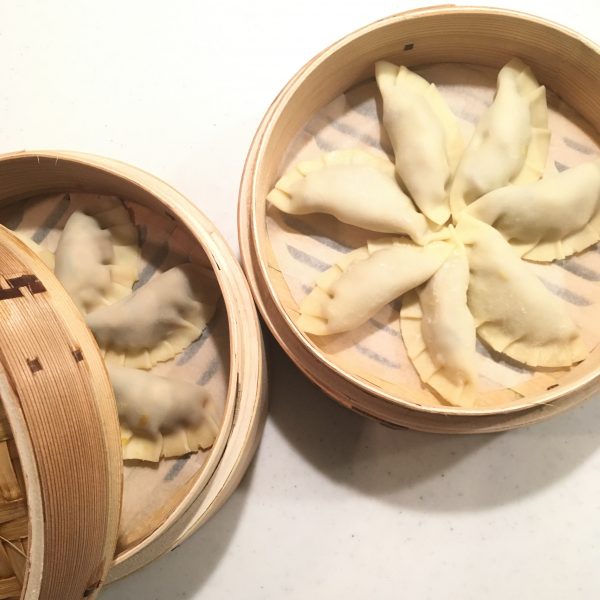
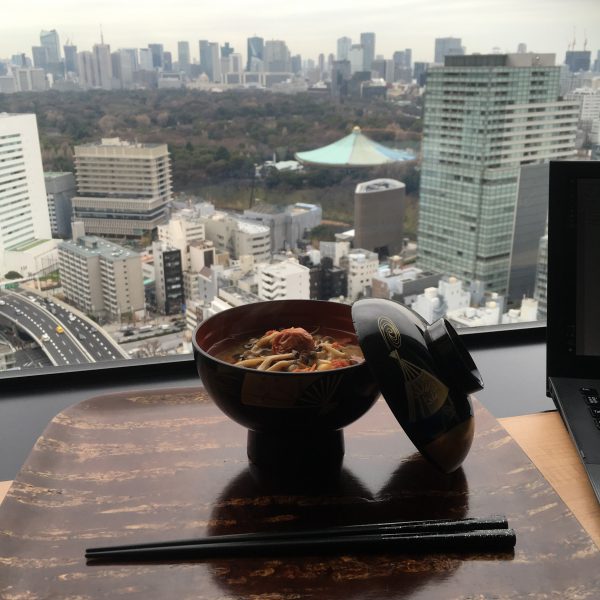
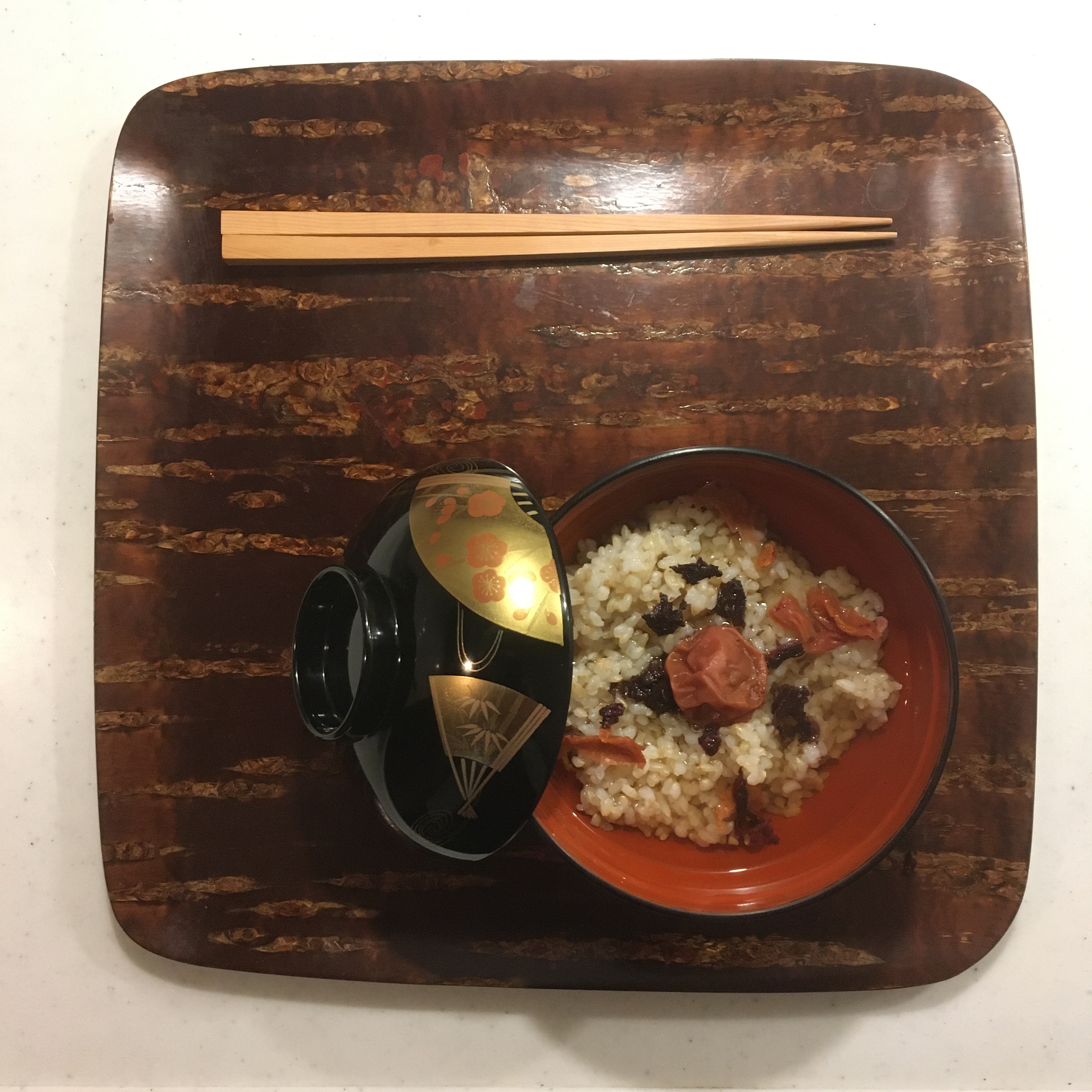
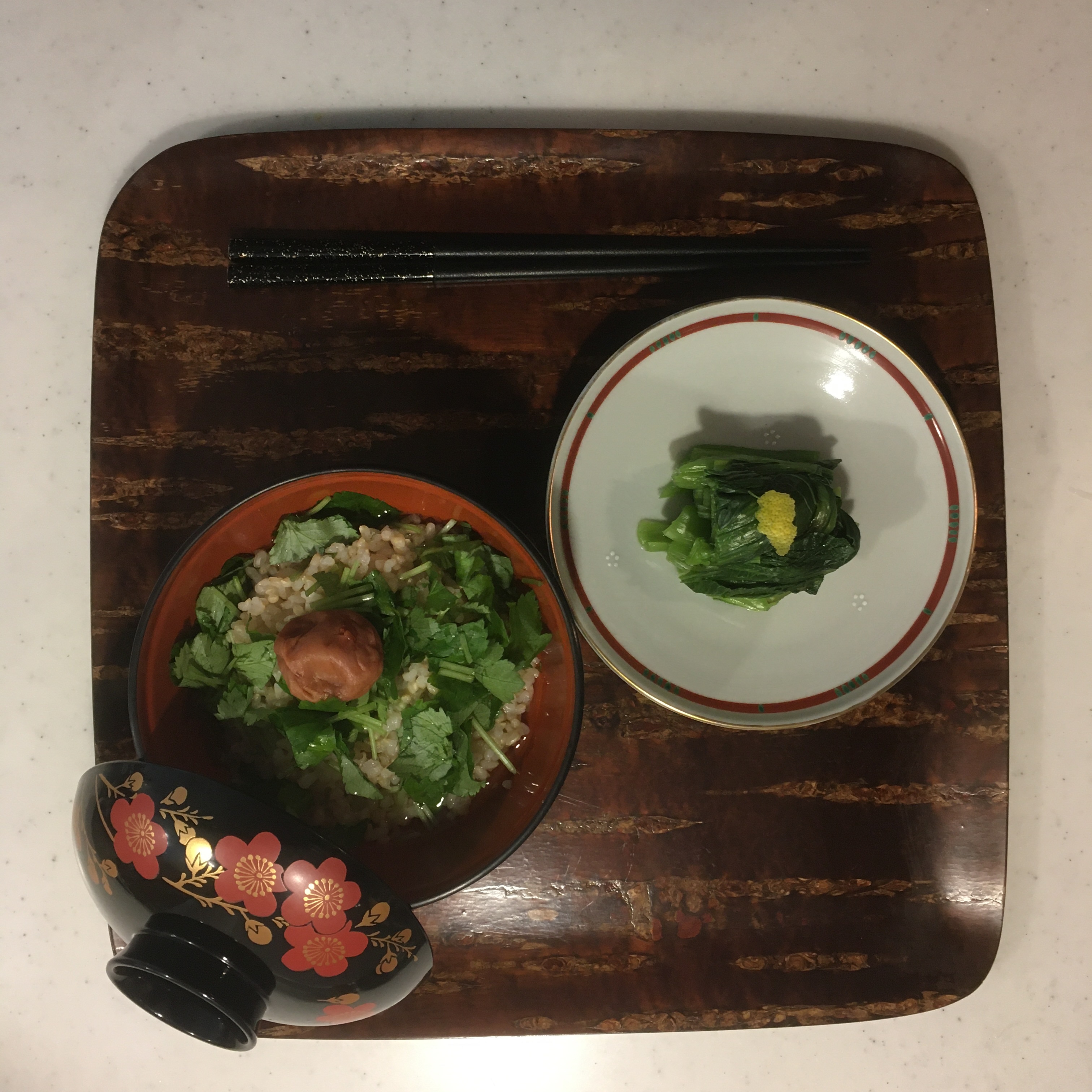
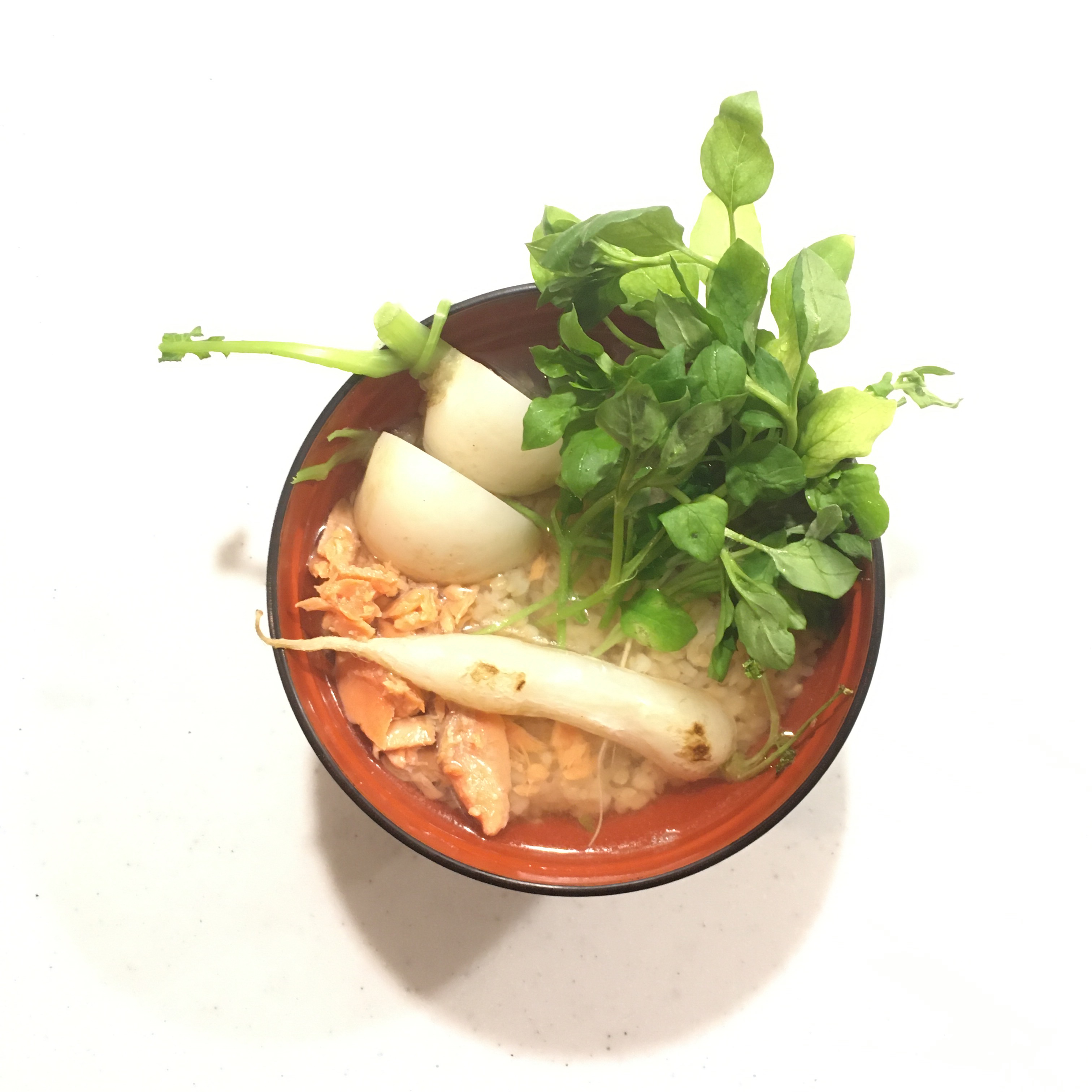
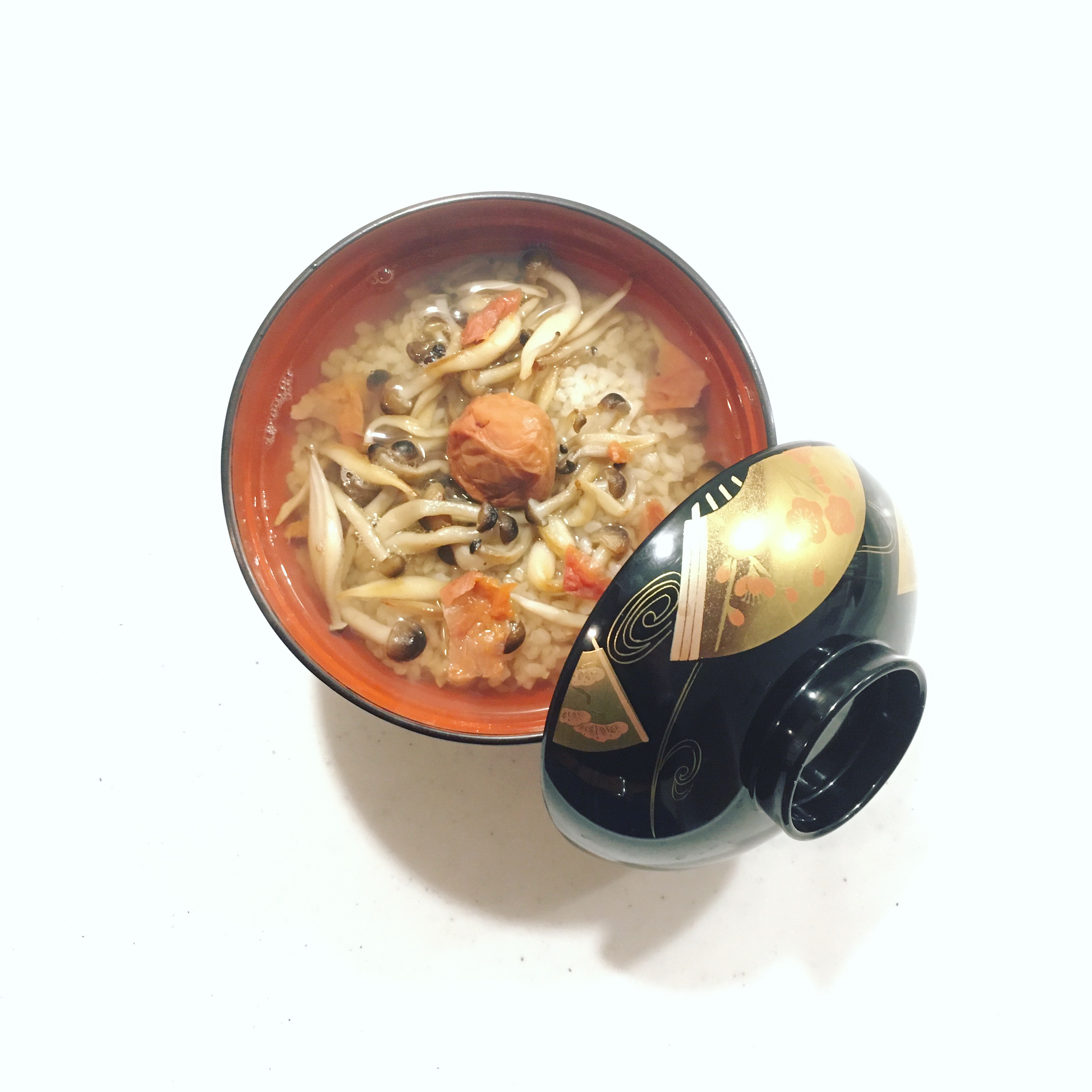
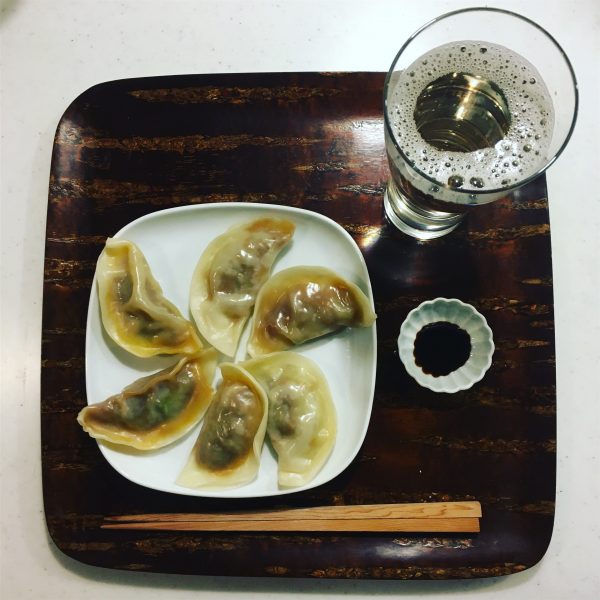
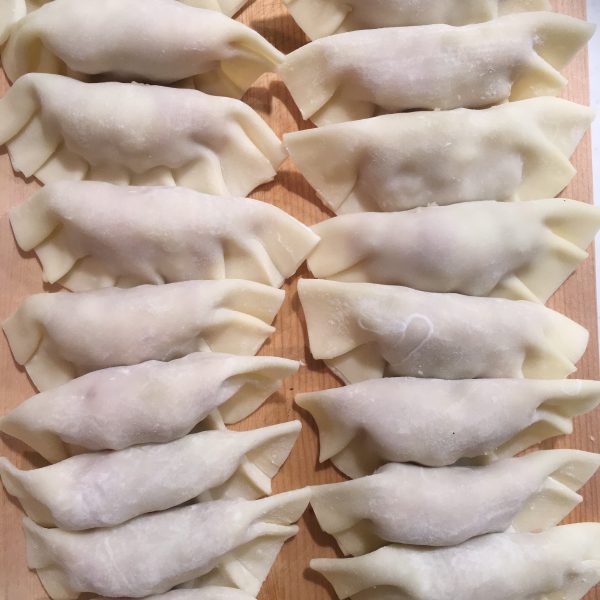

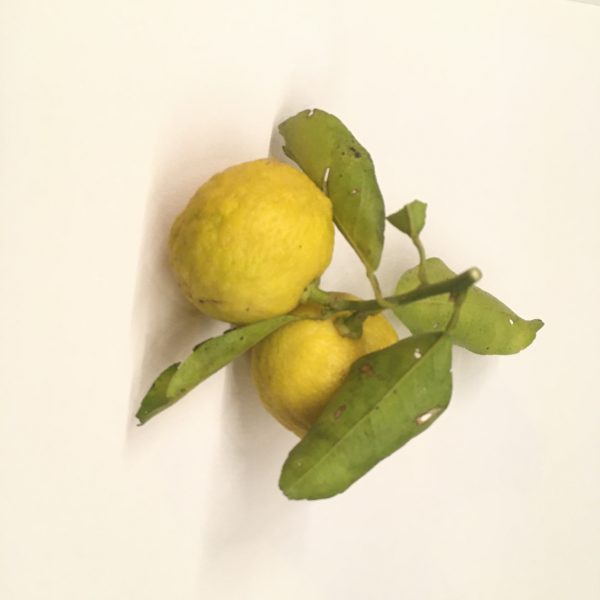
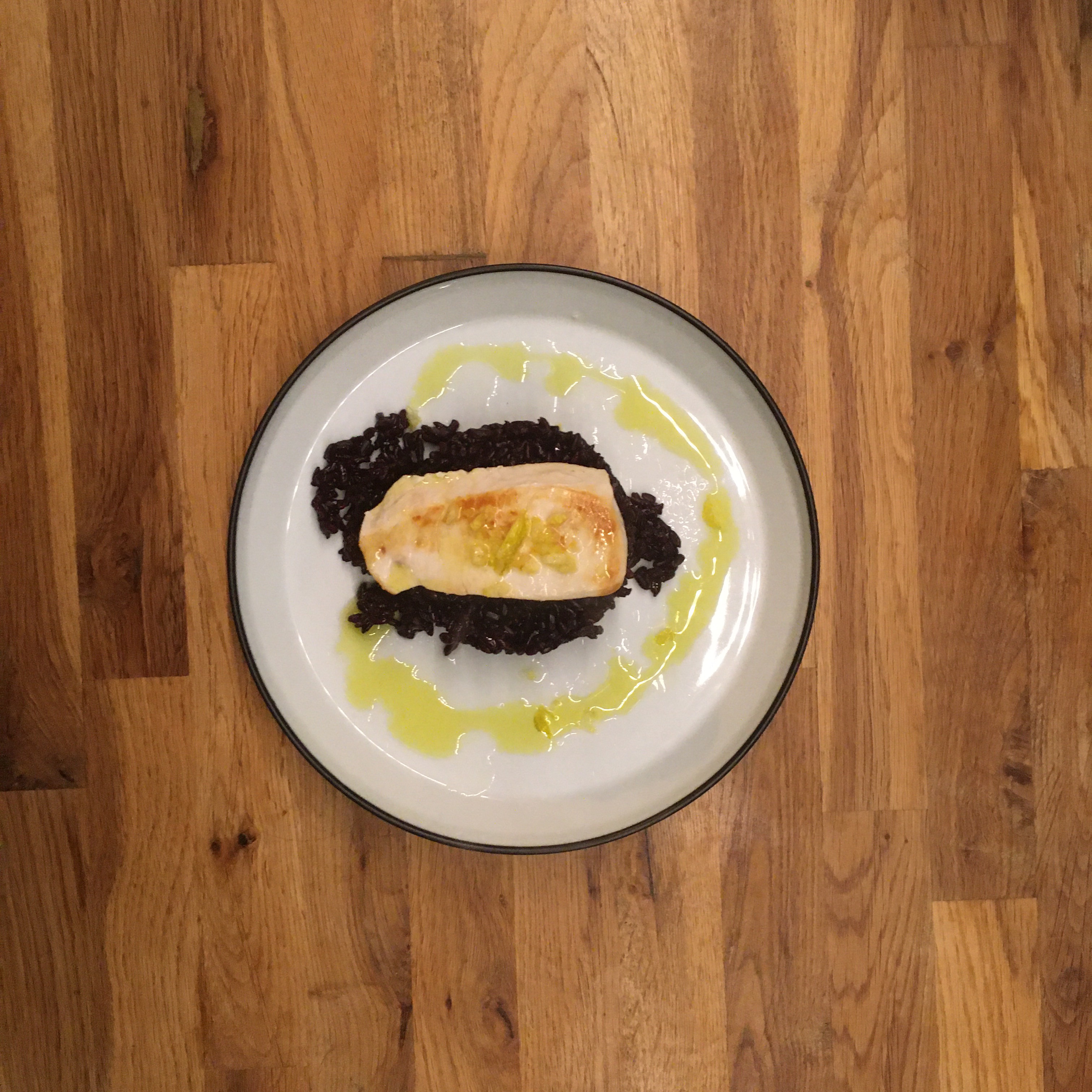
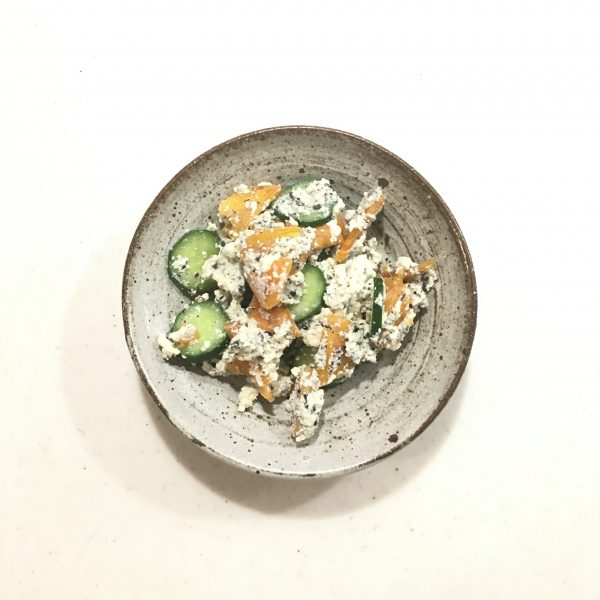

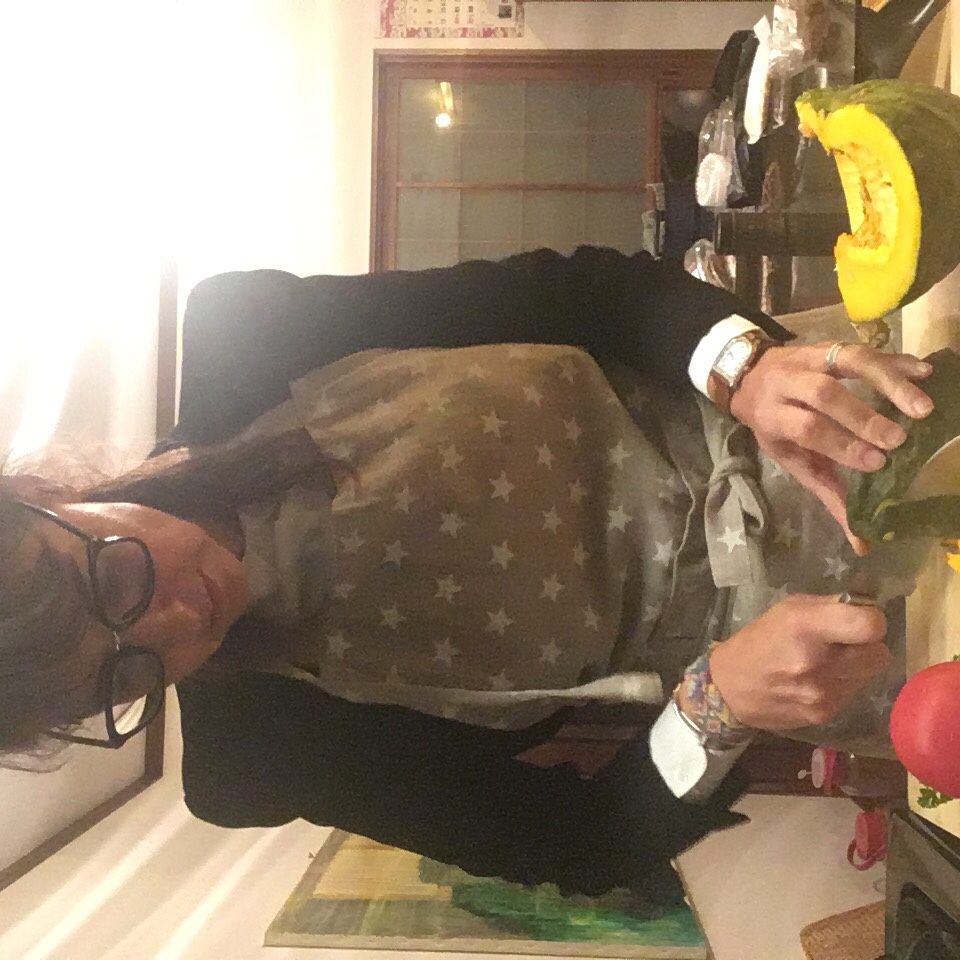 Well I was preparing dinner with the leftover veggies: kabocha and tomatoes. I also picked some fresh parsley in the garden and was thinking about what to do with them when the crave for soba noodles just came. All was decided… And that’s how this recipe of kabocha soba was born. It was so delicious that I really need to share it with you! Moreover because it’s been a while I haven’t shared a proper recipe!!
Well I was preparing dinner with the leftover veggies: kabocha and tomatoes. I also picked some fresh parsley in the garden and was thinking about what to do with them when the crave for soba noodles just came. All was decided… And that’s how this recipe of kabocha soba was born. It was so delicious that I really need to share it with you! Moreover because it’s been a while I haven’t shared a proper recipe!!




